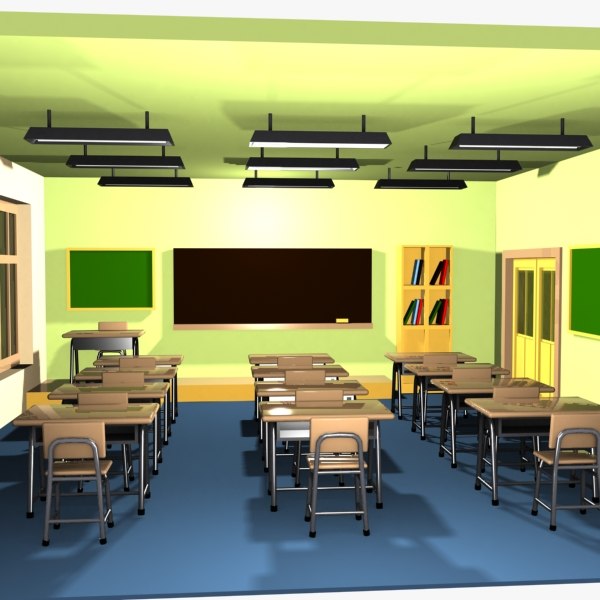Thirsty for a Strong Instructional Practice?

For students and instructors, a classroom’s physical environment impacts the success of a good class period. All your prep, all your innovation and careful planning can be ruined in a too cramped, too warm or too cold, institutionalized physical space. When physical bodies struggle to be comfortable, then minds focus most on how to get comfortable – even if that means leaving the space – more than on the day’s lesson.
Most of us have little say about where our courses meet; and yet, we can take steps to improve our given learning environments.
Take a SIP of This: Creating Productive Physical Space in the Classroom
1. Know before you go. Minimize surprise by checking out the classroom space before the course begins. If you’re teaching in a locked classroom, then encode your Faculty ID or get a key as soon as possible. Knowing whether there are mounted desks or movable tables and chairs, whiteboards or chalkboards, an open-access multimedia system or an encoded computer podium ensures you’ll bring the right tools for the right tasks.
2. Every body counts. Every person in the room needs an individualized learning space. Count the number of chairs or desks in the room and compare that number with the number of enrolled students on your roster. Include yourself in the count; as the instructor, you need an instructor desk or podium and a chair. Reserve seats for students with seating accommodations, particularly the larger stand-alone accessible desk and chair. If there aren’t enough seats, then speak with your department chair or the appropriate dean to bring in more seats or to move your class to a more appropriate space.
3. Take in sights and sounds. Make it a habit to turn on all the lights above students’ learning spaces, and check-in with students about the brightness of the room, especially when using the projectors. Some learning spaces have windows with blinds; allowing natural light into the room will energize everyone. When lecturing, consider using a room microphone, projecting your voice, and repeating student comments and questions so all may hear. Remember to contact your department chair or AHEC should any in-room equipment, including the lights or blinds, be damaged or not working properly.
4. Gather ’round. Research shows that community-building enhances learning. Create a relate-able classroom environment by re-organizing the desks and chairs, allowing students to interact more personably in small groups, in one large circle, or in partners. Ask students to assist in setting up the gathering space before class begins and in restoring rows at the end of the class hour. For auditorium seating, encourage students to sit nearer the front or to cluster together.
5. Practice Situational Awareness. Students will follow your lead for ensuring a safe space. Keep aisles clear. Periodically, remind students to tuck away backpacks, coats, cords, and other personal belongings. Every class period, quickly assess and remove barriers, like trash cans and wayward chairs, from the right-away of doors. The first week of classes point out and reference AHEC’s emergency procedures posted in the room.
Still Thirsty? Take another SIP of Creating Productive Physical Space in the Classroom
Burgstahler, Sheryl E. “Universal Design of Physical Spaces: From Principles
to Practice.” Universal Design in Higher Education: From Principles to Practice.
Editors Sheryl E. Burgstahler and Rebecca C. Cory. 2008. Harvard, 2010,
pp. 187 – 197.
Gruenewald, David. “Foundations of Place: A Multidisciplinary Framework for
Place-Conscious Education.” American Educational Research Journal, vol. 40,
no. 3, 1 Jan. 2003, pp. 619 – 654. Sage Journals, doi:pdf/10.3102/00028312040003619
“How ‘Space’ Matters to Learning,” Teachers and their Classrooms Learning
Styles. NeaToday. 7 Oct. 2015, http://neatoday.org/2015/10/07/how-space-matters-
to-learning/
Thompson, Becky. “Creating Rituals,” and “Why We Flee.” Teaching with
Tenderness: Toward an Embodied Practice. University of Illinois: 2017,
pp. 39 – 84. Transformations: Womanist, Feminist, and Indigenous Studies.
Visit The Well at http://sites.msudenver.edu/sips/ for more great ideas and resources for Strong Instructional Practices in your higher education classroom!
